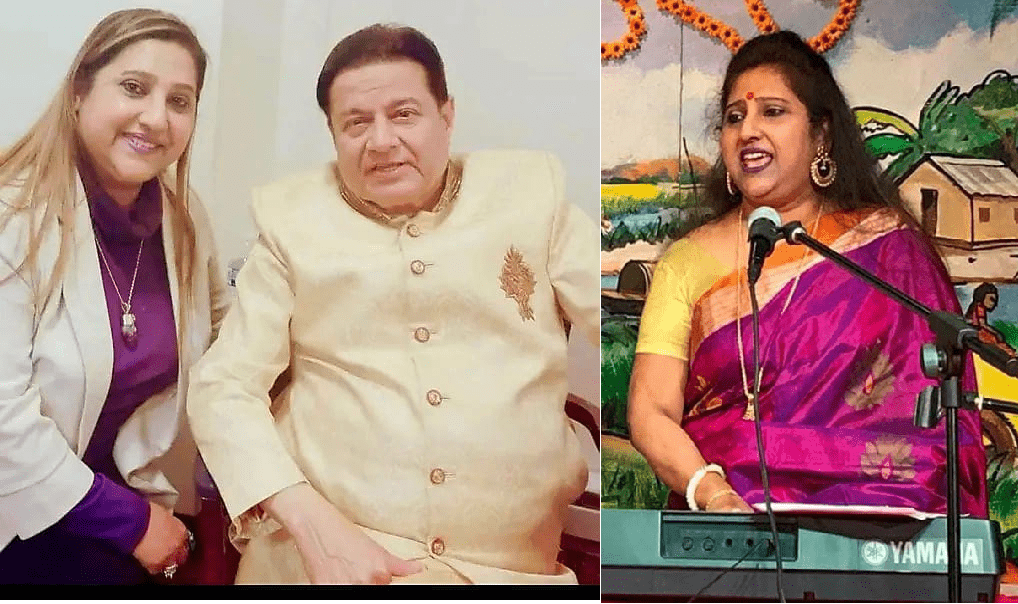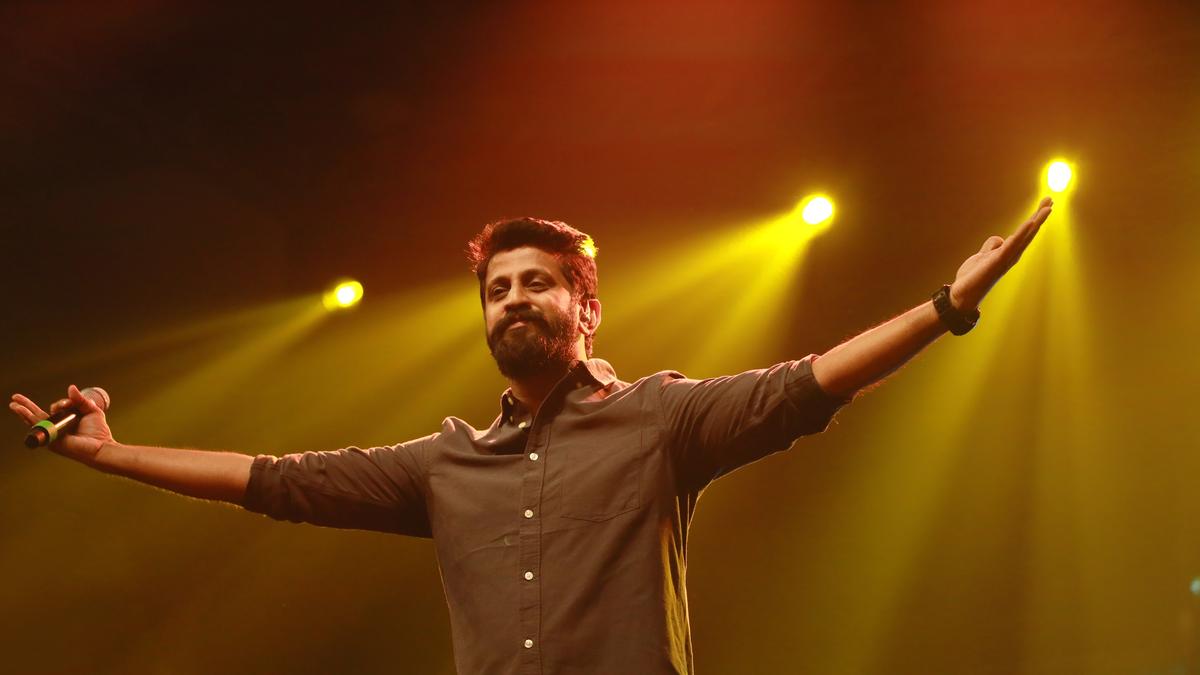[ad_1]
With H.A. Krishnapillai of Palyamkottai, and N. Samuel of Tranquebar, Sastriar forms the great triumvirate of Tamil Christian worship.
“We don’t want his legacy to be forgotten. Many in newer generations of his progeny, only know his name and nothing about his works. This probably is the last chance for us to rectify this. Vedanayagam Sastriar was a man of great learning and a social reformer too,” says Judah Vincent, a fifth generation descendant through his youngest son Elia Devasigamony Sastriar.
Vincent, a retired engineer based in Chennai, is coordinating the commemorative event, and says that more could be done to preserve and popularise the Sastriar canon.
“Out of over 130 books, only some went into print. I have digitised four of Vedanayagam’s important works — Jebamalai , Gnana Pada Keerthanai , Perinba Kaathal and Kadaisi Nyayatheerpu . His magnum opus is Jebamalai (Garland of Prayer), in composition for more than 40 years, in the 1800s. Gnana Pada Kirtanaigal, with over 400 songs, and the allegorical play Bethlehem Kuravanji , are some of his enduring works,” says Vincent, who has also produced a two-part online documentary on his ancestor.
Sastriar’s well-known hymns include ‘Amen Alleluyah, Mahathuva Thambarabara’ and ‘Esuvaiye Thudhi sei nee Maname.’
Early years
The official website www.sastriar.org gives a wealth of information about the life and times of the poet-lyricist. Born on September 7, 1774 to Devasahayam, a resident of Tirunelveli, Vedanayagam had a clear vision of the Cross at the age of 10, an event which was to influence his entire life. Lutheran missionary evangelist Rev. Christian Frederick Schwartz, who was tutor to Prince Serfoji, took the young boy under his wing, and brought him to Thanjavur.
Vedanayagam went on to study theology at the Lutheran Seminary in Tharangambadi, (Tranquebar) and worked in the villages around Thanjavur.
However his career as an evangelist was chequered — he was excommunicated by the Society for the Propagation of the Gospel in Foreign Parts (S.P.G.) Mission in 1829.
Raja Serfoji, when apprised of his friend’s dire straits, appointed Sastriar as the court poet in 1830, and also endowed him with a monthly salary of ₹35 and a residence in Thanjavur.
It is said that before his passing in 1832, Serfoji had requested his court that his mortal remains should not be removed until Sastriar had composed and sung a poem . Sastriar fulfilled his desire by singing an elegy.
Despite his tumultuous life, Vedanayagam Sastriar continued to make an impact on the ‘mainline’ Protestant church communities, and was eventually welcomed back into the fold by 1848. He passed away on January 24, 1864, at the age of 90, and was interred in the cemetery of St. Peter’s Church in Thanjavur.
Honour for erudition
Sastriar’s literary works may be broadly divided into two categories: lyrical compositions and pieces composed according to minor literary forms in Tamil. Most of them are based on the traditional metres of the time. A strong influence of Thevaram (hymns of Saivaite saints) and Tiruppugazh can be seen in his works.
‘Sastriar’ was a title in recognition of Vedanayagam’s erudition and prodigious poetic works, and is passed down to ordained family members who follow in his footsteps.
“The churches of the day wanted to honour the contribution of our ancestor to Tamil Christian music, and bestowed the title of Sastriar in recognition of his learning,” says Sastriar Sarah Martin, who is the second woman in the lineage to be consecrated with the title after Sastriar D. Gnanadeepam (1811-1870).
Based in Kotagiri, Sarah Martin and her spouse P. Martin Deva Prasath are former academics who are now ministers of the faith.
“When the missionaries introduced Christianity to our region, the worship rites and religious songs were either from a Lutheran or Anglican background that people were not able to identify with. Vedanayagam started writing Tamil keertanai because he wanted the local congregation to understand their faith in their native language,” she says.
Literary value
The songs can be also be appreciated for their literary finesse, says Sarah.
“His detailed description of God’s creations in the Biblical story of Noah’s Ark, is beautifully rendered in Tamil poetry. I am surprised by Vedanayagam Sastriar’s vivid imagination in describing the names of the insects, birds, animals, herbs, plants and so on, that went into the ark. He also wrote in a variety of genres, from operatic plays to folk dramas,” says Sarah.
However, due to their Carnatic tenor, Sastriar’s keerthanais are seen as difficult to learn and perform today.
“There’s a greater tendency towards adopting Western music in Tamil worship, but we are trying to re-introduce hiskeerthanaiwith a modified semi-Carnatic background,” says Sarah, who has published a book with explanatory notes on 150 compositions of the early Tamil Christian poets with her brother (minister) Clement Vedanayagam Sastriar.
The themes of caste-based discrimination, and women’s rights find a place in Vedanayagam Sastriar’s works, in keeping with the social concerns of the day.

The Evangelical Hall, built on the residential property endowed to Vedanayagam Sastriar by Raja Serfoji, in Thanjavur.
| Photo Credit:
Special Arrangement
Published – September 06, 2024 09:21 pm IST
[ad_2]
Source link




